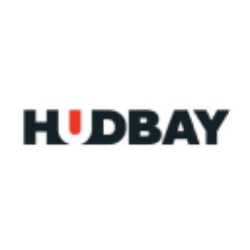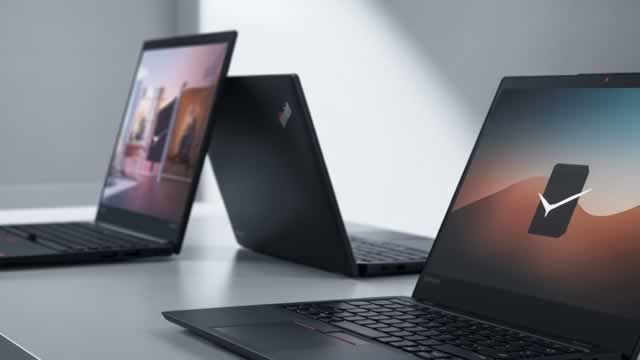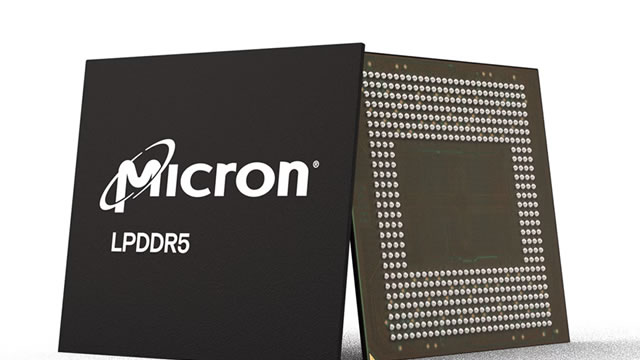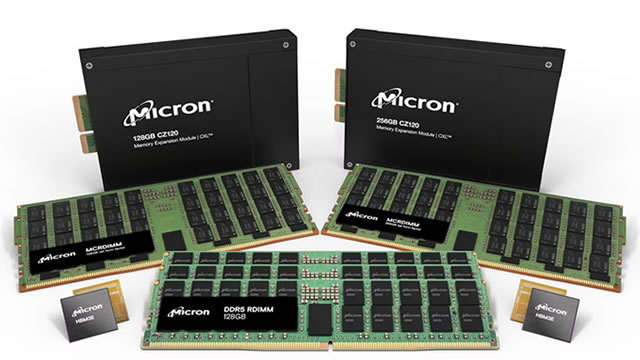
HBM
Hudbay Minerals Inc.
$21.19
-0.24
(-1.12%)
| Exchange: | |
| Market Cap: | 8.37B |
| Shares Outstanding: | 700440 |
About The Company
| Sector: | Basic Materials | |||||
| Industry: | Copper | |||||
| CEO: | Peter Gerald Jan Kukielski | |||||
| Full Time Employees: | 2233 | |||||
| Address: |
|
|||||
| Website: | https://www.hudbayminerals.com |
Hudbay Minerals Inc., a diversified mining company, together with its subsidiaries, focuses on the discovery, production, and marketing of base and precious metals in North and South America. It produces copper concentrates containing copper, gold, and silver; silver/gold doré; molybdenum concentrates; and zinc metals. The company owns three polymetallic mines, four ore concentrators, and a zinc production facility in northern Manitoba and Saskatchewan, Canada, as well as in Cusco, Peru; and copper projects in Arizona and Nevada, the United States. HudBay Minerals Inc. was founded in 1927 and is headquartered in Toronto, Canada.
Click to read more…
Revenue Segmentation
EPS
Earnings Call
Income Statement
(* All numbers are in thousands)
Balance Sheet
(* All numbers are in thousands)
Cash Flow Statement
(* All numbers are in thousands)
Analyst Estimates
(* All numbers are in thousands)







